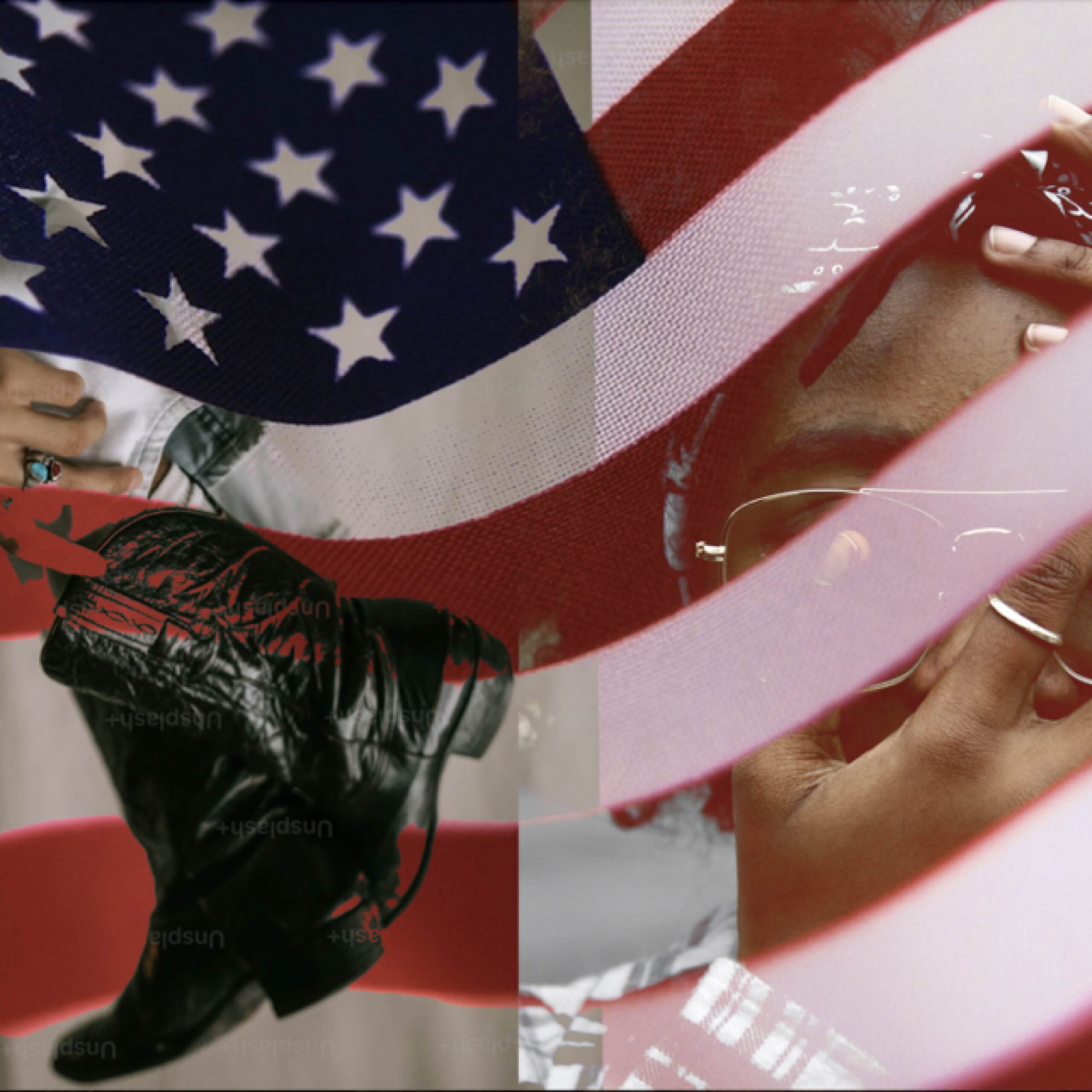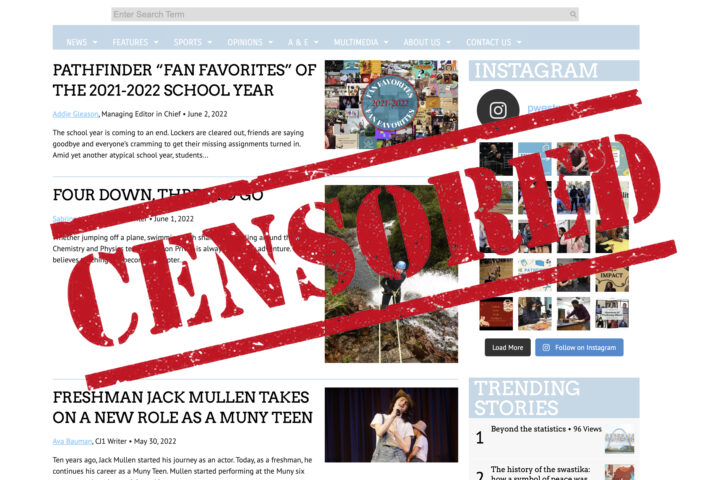This story is syndicated from The Hilltop Herald, the newspaper of Howard University in Washington, D.C. The original version of the story ran here.
Every four years, emotions run rampant as the presidential race begins, ranging from extreme patriotism, highlighting the benefits of being an American, to heightened cynicism, criticizing the policies of the American government and calling for change.
Among many young Americans, however, these conflicting emotions aren’t as black and white, and expressions of their positions come in unexpected ways.
Going through such a critical time in American politics, youth around the nation place a focus on heightened political awareness and identity. This awareness and identity, calling for a change in America, is perhaps best seen through the fashion of youth today, as expression takes on a bigger role in the identities of many young Americans.

Throughout history, fashion has been used to express individuality and what one stands for. Simply scrolling through TikTok, you can find examples of people communicating how fashion is an extension of who they are.
Fashion content creator Drew Joiner recently said it best, that fashion “when used properly” acts as a confidence boost and a way to “express what you can’t say.”
Fashion has also been a channel to communicate political identity.
According to Robin Givan, Washington Post senior critic-at-large, in the 60s “Clothes identified a person’s politics… both real and desired.” Black Americans wanted equal access to the middle-class lifestyle in America, whereas hippies shunned it, and women wanted more influence within it. The styles that emerged for each group reflected their aims.
The Black Panther Party Uniform is a prime example of how clothing was used to demonstrate political intention. The uniform spoke to the party’s motive to combat white supremacy and form a movement protecting and uplifting the Black community through more militant ways. Iconic, powerful items included bold berets, leather jackets, sunglasses, and political buttons.
It wasn’t just the Black Panther Party that used fashion to communicate their political agendas. In the same decade, young Americans during the counterculture movement donned distinctive styles to push back against mainstream American culture and policies.
This movement rejected traditional American practices, and its members prioritized values like peace, love, and harmony, especially against the backdrop of the Vietnam War. This was reflected in their defiant grooming practices, like wearing hair out longer, and fashion choices, such as sporting flamboyant colorful clothing.
So how, 60 years later, has patriotism (or lack thereof) through fashion been represented throughout today’s youth?
In today’s fashion zeitgeist, it appears that many young Americans are deciding to tap into classical Americana fashion to express their American identity. Styles like country western and athleisure, both of which have significant roots in American culture, have been reinvented and applied through the lens of youth today.
Young people have been incorporating Western wear more into everyday streetwear. By combining non-traditional elements like varsity jackets, statement belt buckles, and even cropped button-ups or t-shirts, they’re deviating away from the old-school country style that just included practical clothes such as regular shirts, standard pants, and waistcoats, according to online retailer Cattle Kate.
A popular example is the cowboy boot. Cowboy boots have been a classic American symbol, and since they were first introduced in the 1870s, they’ve been associated with a southern lifestyle surrounding ranching, manual labor, and conservative values. However, today’s cowboy boots have strayed away from their traditionalist roots, moving well outside of the South.
In recent years, this blend of cowboy boots and more traditional styles with modern values has made for a more campier and progressive mix of aesthetics. People have looked to pairing them with items such as maxi dresses, sheer tops, and sports jerseys.
Today’s reinvention of classic Americana fashions is what reflects the American identity in young people today. Gen Z’s socialization is unlike previous generations, with their experiences in political engagement, the climate crisis, the mass protests, and the utilization of technology, the youth of today seek a genuine, new change in the country they live in.
Young Americans, unlike previous generations, are rarely ever solely on one side or the other of the patriotic spectrum. Of course, there are those on extreme sides of the political spectrum, but with the overwhelming content readily available online to support both sides of the political spectrum and every position in between, young people are seeing a bigger picture and wishing for something more defining.
The back and forth of American politics reflects not only the confusing headspace of the nation’s leadership but of its youth as well. Decisions made throughout the past decade have sent Americans, young and old alike, into a spiral. Old precedents overturned, like Roe v. Wade, and escalating conflict, like the battles in Ukraine and the Middle East, destabilize what we believed was safe and constant.
Inversely, there was the announcement of Biden’s loan forgiveness plan. When this was announced, it sparked hope among many young people as there might be a future where they can go to college and hope to begin lives without being bogged down by too much debt — a comfort that is old, but for this generation, would be quite new.
The youth of today have grown up witnessing all of this and watch as our nation rocks back and forth. Now that it’s their turn to express who they are, a lot of them wish to vote in a way that best reflects them, even if that means changing how things have been going. As they get dressed and head to the voting booths, this modern wave of fashion is symbolic of what young Americans are looking for from the nation, especially as the election comes up. Fashion is and has been a tool used to communicate the exhaustion from the polarizing policies splitting America, and just like with their clothes, the youth seek to reinvent what America means to them.



